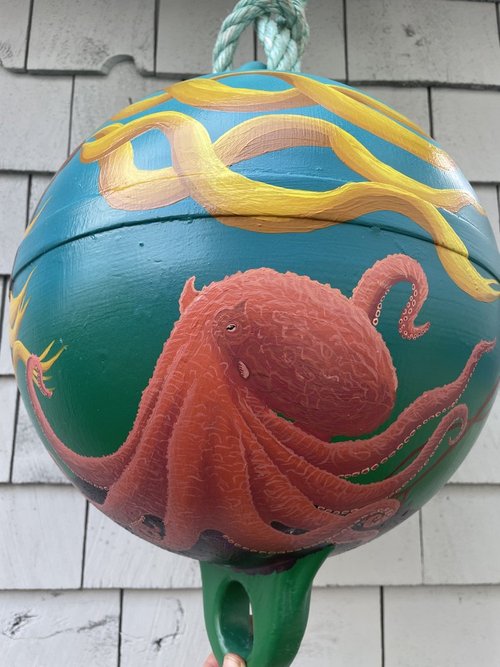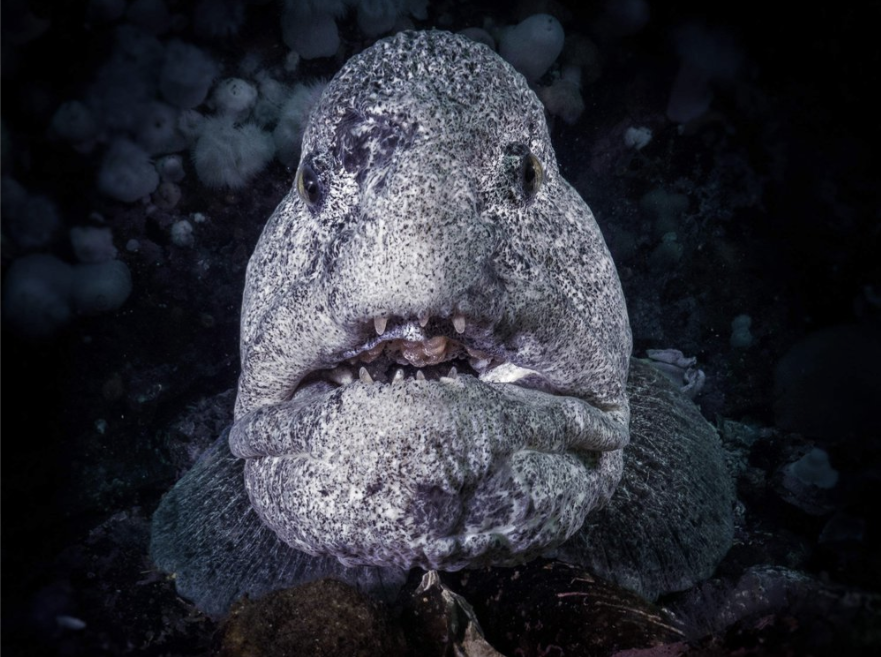Who says environmentalism and fishing can’t go together? Certainly not Tiare Boyes, a second-generation halibut fisher and multi-talented artist from coastal BC, who is challenging stereotypes and championing sustainable harvesting. In this exclusive interview, recorded at the BC Young Fisherman’s Network Gathering in Nanaimo last month, Boyes shares her love for fishing, passion for art, and commitment to care for the planet.
“As a fisherman, I want to continue to work on the ocean, and I think they can be harvested in a sustainable way.”
Tiare Boyes
Boyes thinks the notion that fishermen cannot be environmentalists is a common misconception. “There’s no other way,” she tells us. “As a fisherman, I want to continue to work on the ocean,” she says, emphasizing her deep respect and love for fish, “and I think they can be harvested in a sustainable way.”
Growing up on her family’s fishing boat, Boyes’ connection to the sea runs deep. From her early days aboard a vessel, she developed a profound appreciation for marine life and the environment. Her journey took a creative turn as she started collecting and painting discarded fishing buoys, transforming them into vibrant works of art. What began as a hobby evolved into a part-time job, with Boyes donating a portion of her proceeds to local marine charities, depending on the species depicted on the buoy.

She is also an accomplished commercial diver, with a side gig in documentary wildlife film work and underwater photography. She has worked on productions for the BBC, Netflix, and Canada Wild to name a few – and if that weren’t enough – she’s also a Fellow in the prestigious Royal Canadian Geographical Society.

When asked if she had any advice for aspiring young fishermen, Boyes highlights the importance of engagement and networking within the fishing community, on and off the docks. “Show up to meetings, walk the docks, meet people,” she advises, to build those crucial relationships with other fishers.
She takes pride in her involvement in the wild Pacific halibut fishery, one of the world’s most rigorously monitored fisheries with Marine Stewardship Council certification. She underscores the intimate connection between those who harvest resources and the environment. “We need to take accountability for our actions on land and at sea,” she says.
“We should always be better and we should never stay still. We should always be moving towards a more sustainable future.”
Tiare Boyes
Tiare Boyes exemplifies a new generation of fishers, charting a course toward a more sustainable future for marine ecosystems and coastal communities. She openly acknowledges the industry has some challenges ahead and must continually strive for improved environmentally friendly practices. “We can always be better and we should never stay still,” she comments. “We should always be moving towards a more sustainable future.”
To see more of Tiare’s work or to purchase a one-of-a-kind buoy, go to her website: https://www.tiareboyes.com.







